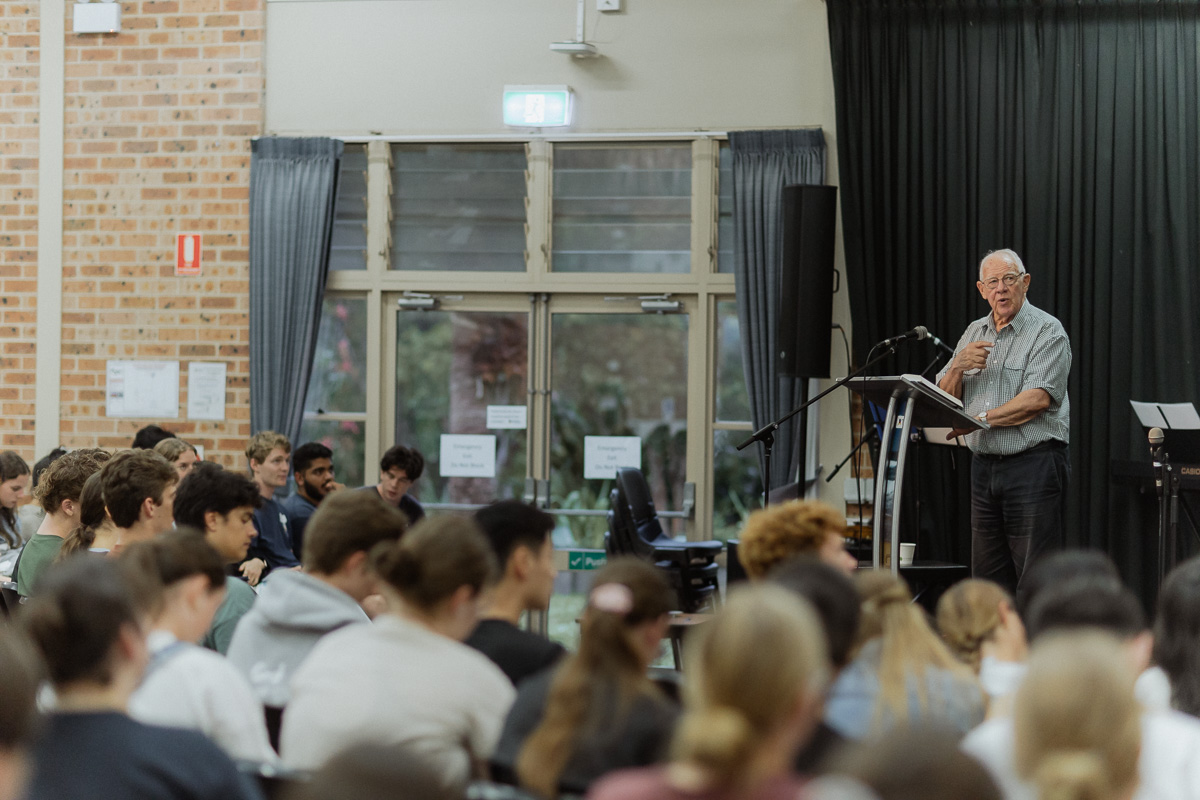When Christianity dominated society, the Church Year controlled the calendar. Feast days and fast days and seasons such Advent, Lent and Trinity were the basis of community and church activity.
Today we have a much more secular calendar, celebrating national days like Australia and Anzac Day, or family days like Mothers’ and Fathers’ Day. But Australia still retains some religious days such as Christmas, Good Friday and Easter.
Within the church some people have continued the traditions of celebrating the ancient calendar, but this has generally been pared down to the major events.
At the time of the Reformation decisions had to be made about retaining or jettisoning the holy days and their observation. Some Protestants felt that the whole system was corrupt idolatry and so abandoned it. Others tried to weed out the bad and preserve the good. This was the policy followed by the Church of England under the leadership of Archbishop Thomas Cranmer. In the 1549 Prayer Book he wrote two important essays explaining why some ceremonies were to be retained and others removed.
This morning starts the week that Church calendar marked out for us to remember the death and resurrection of Jesus. Cranmer’s Prayer Book directed us to read each of the Gospel accounts of the death of Jesus during the course of the daily readings of this week.
Many people call today “Palm Sunday”, though the Prayer Book calls it “The Sunday Next Before Easter”. The title “Palm Sunday” reflects the widespread practice of the pre-reformation church of blessing the palms, distributing them amongst the people and conducting processions both outside and inside the churches. Cranmer abolished all these in the 1540’s. For him the focus should be placed on Jesus’ coming death and resurrection.
He adapted the pre-reformation Collect (prayer for the day), which takes our attention away from the entry into Jerusalem and turns our mind rather to Jesus’ death and resurrection. But the adaptation was more than translating it from Latin into English and reminding us of God’s tender love towards us.He seriously changed the meaning of the prayer.
The old Latin prayer can be translated as:
Almighty and Eternal God, You Who had Your Son, our Saviour, take on human flesh and undergo the Cross, in order to offer to the human race an example of humility to be imitated, kindly grant, that we might deserve both to possess the teachings of His patience and share in His Resurrection. Amen.
Whereas Cranmer’s prayer was:
Almighty and everlasting God, who, of they tender love towards mankind, hast sent thy Son our Saviour Jesus Christ, to take upon him our flesh, and to suffer death upon the cross, that all mankind should follow the example of his great humility: Mercifully grant, that we may both follow the example of his patience, and also be made partakers of his resurrection; through the same Jesus Christ our Lord. Amen.
Instead of praying that we may deserve anything Cranmer prayed that we follow Jesus’ example of suffering and share in his resurrection. Cranmer knew that we can never deserve anything but are saved only by grace. No religious performance could ever make us acceptable to God. We do not enter into the Easter experience by re-enacting the events but by accepting with gratitude and faith the benefits that he has won for us.
The arrival of Jesus into Jerusalem is recorded in each of the Gospels. But the rest of the New Testament makes no reference to it. Like his miraculous birth, the significance of his entry is limited to the fulfilment of the Old Testament. We are not taught that it is of any particular significance in our salvation or in our Christian living. The focus is always on what happened at the end of the week in Jerusalem when Jesus was crucified for our sins and rose to new life.

